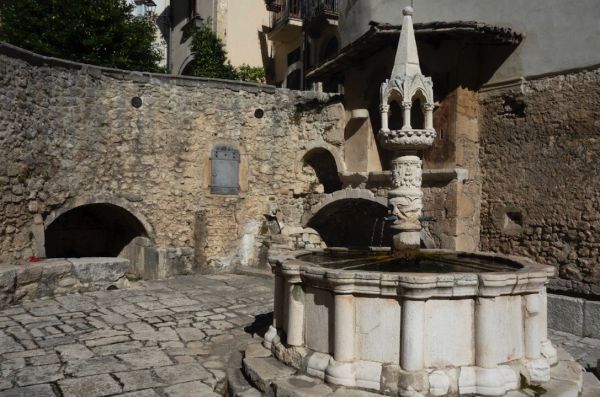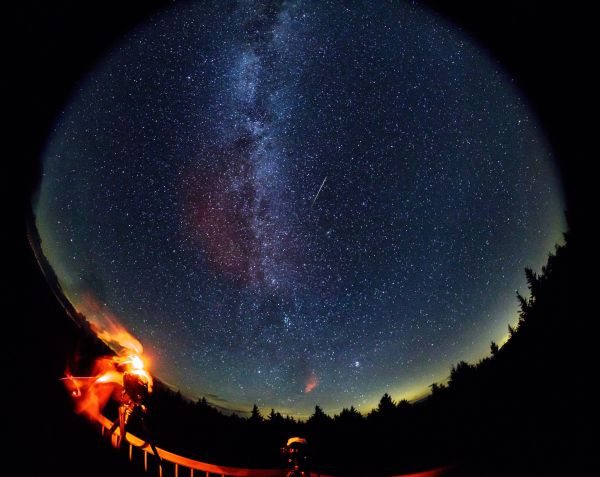When you purchase through link on our internet site , we may realise an affiliate mission . Here ’s how it works .
roughly 4.5 billion year ago , the catastrophic plosion of a monumental star , a supernova , caused an vast swarm of cosmic dust and gas to add up together and form oursolar system . But precisely how the planet were built remain somewhat of a mystery to scientists .
Now , a fresh find out , 4.6 - billion - year - old , sparkly , gullible meteorite that formed just before that detonation is helping scientist con more about how thesolar system ’s planets were pieced together .

The NWA 11119 meteorite is about the size of a baseball and is estimated to be 4.6 billion years old.
The remarkable , baseball game - sizing space rock , called Northwest Africa ( NWA ) 11119 , was get by a meteorite trader in Africa in 2016 . That dealer send the specimen to Carl Agee , a planetary geologist and meteorite conservator at the University of New Mexico . Agee was n’t sure if the sway was a meteorite ( which would mean it came from blank space ) , so he call for his doctorial student Poorna Srinivasan to analyse the object . [ Photo Gallery : Images of Martian Meteorites ]
At first , both Agee and Srinivasan were unbelieving that the rock had come from beyond our planet . " We did not think this rock was a meteor at all . We thought it was from Earth , " Srinivasan told Live Science . But after closer examination , she said , " we take in that this could , in no way , be from Earth . " While the rock closely resembledvolcanic rocks on Earth , its chemical substance composition suggest it was definitely from space , and it was n’t just an ordinary meteorite , the researchers found .
NWA 11119 is an eruptive meteorite , which mean it was formed by the cooling and set of magma or lava ( which is what magma is called once it reaches a planet ’s airfoil ) . At 4.6 billion years previous , NWA 11119 is the oldest fiery meteorite ever discovered . ( Srinivasan explicate that several nonigneous meteorite are even older . )

The light color and green crystals make this meteorite particularly extraordinary.
Large silica crystals , called tridymite , account for about 30 percent of NWA 11119 . That amount of tridymite is like to what ’s found in volcanic rocks on Earth , but it ’s unheard of in meteorite , Srinivasan tell in aUniversity of New Mexico statement .
Overall , the composition of NWA 11119 is strikingly similar to the cloth that progress to up Earth ’s impudence , the out level of stone that forms a substantial shell around the planet . That ’s why the researchers mistrust that NWA 11119 is a crustal rock music from an asteroid with a crust layer that formed in a way of life standardized tohow Earth ’s crust take shape .
Additional chemical depth psychology give away that the meteorite close resembled two other strange meteorite — NWA 7235 and Almahata Sitta — suggesting that all three space rocks may have come from the same parent eubstance , Srinivasan said .

There is still much scientists do n’t understand about how planets are build , but a discovery like this one can facilitate researchers see " what anearlier version of Earthmight have face like , " Srinivasan said .
" There ’s still so much to determine about how Earth ’s crust could have organize , " she sound out . " We just scratch the surface here . "
Srinivasan is the jumper cable writer on the study describing NWA 11119 , published yesterday ( Aug. 2 ) in the journalNature Communications .

Original article onLive scientific discipline .















